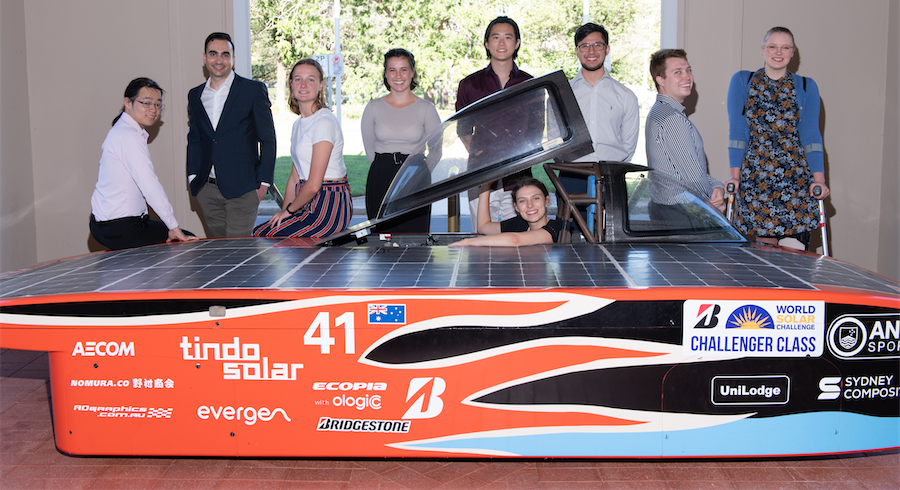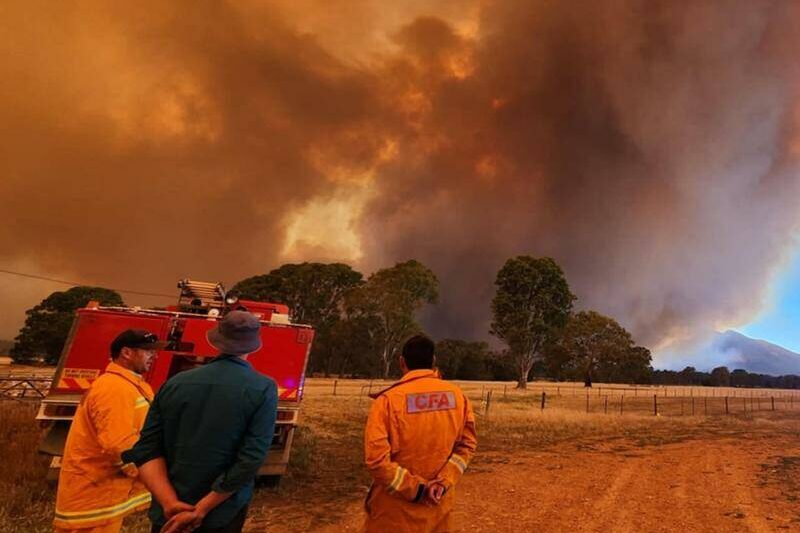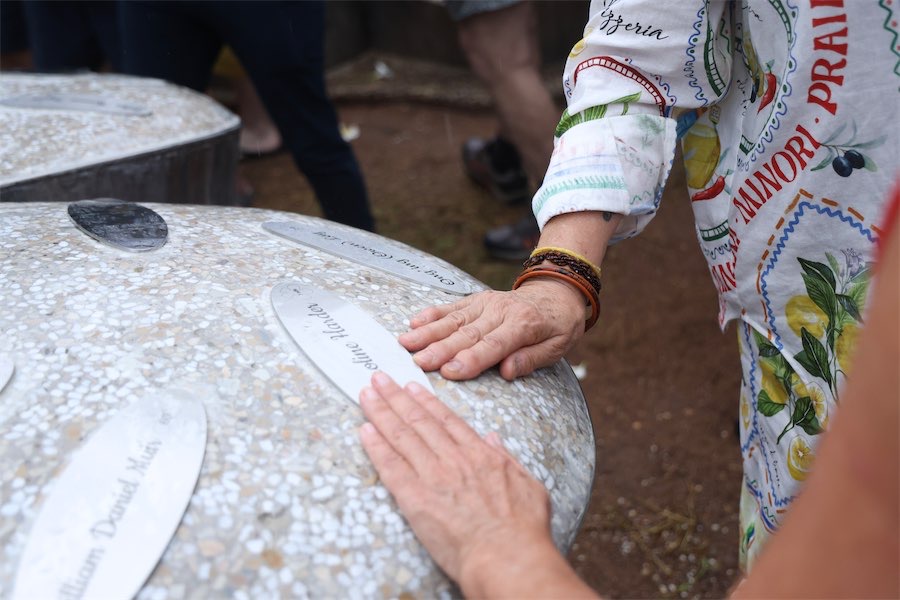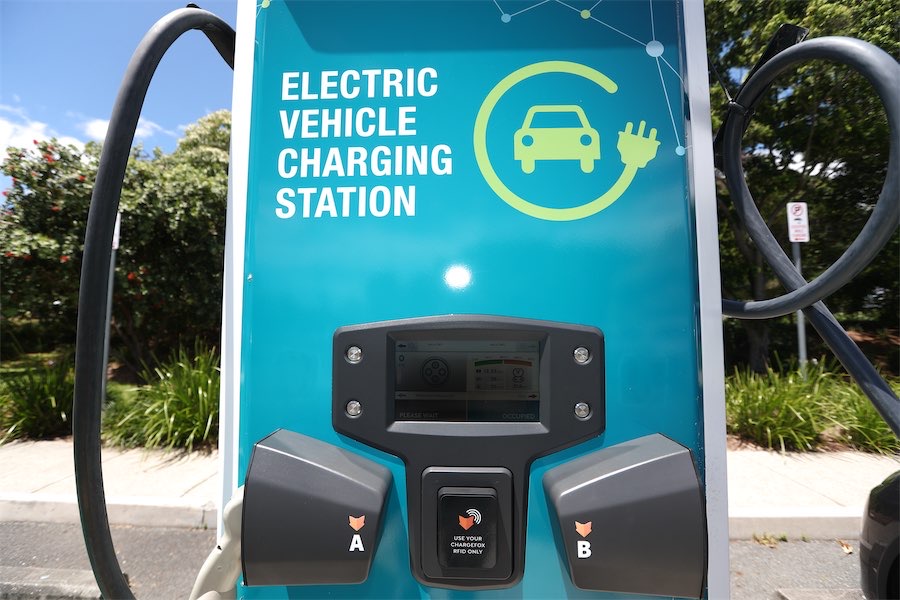
SCOTT Morrison, back as Treasurer, stood at the front bench only to pull out from behind his notes a lump of coal, gesturing and waving back and forth in order to taunt the federal opposition over its stance on energy policies.
“This is coal – don’t be scared, don’t be afraid,” he smirks across the floor.
On the other side of Lake Burley Griffin, Ruby Jones was tucked studiously away in the rudimentary surrounds of the ANU solar thermal department in the shadows of the Big Dish on campus to prove Mr Morrison wrong.
The final-year engineering student would make a point, nearly three years after an SA blackout from a renewable energy power source that prompted the daring political stunt, in a drive over Commonwealth Avenue Bridge to Parliament House amid the project lead’s new solar-powered car.
But the hasty 4.2-kilometre distance to the hill barely gets the 23-year-old’s motor up and running ahead of the bigger picture of the World Solar Car Challenge, meandering 3030 kilometres from Darwin down to Adelaide.
“The concept of actually proving that we can, as university students, build a solar car and drive around so it is efficient, I think makes a very powerful point about the future of vehicles and clean energy itself,” Ruby says.
“There’s a lot of different themes that the race fits into whether that’s renewables, whether that’s clean, green, efficient energy, the celebration of rural Australia going from Darwin to Adelaide or whether it’s the learning of students and education, we fit into a lot of them.”
Canberra’s climate feels quite idyllic to road test the university’s third race iteration in contrast to the hot winds circling a gale around the parliament.
While a lecture from the house speaker that day on contravening rules after bringing a prop – from the coal mines to the capital – was childishly passed around the government benches like show and tell, cold days, clear skies and doses outside have proven to not only heat the car but Ruby’s soul.
“There’s a significant proof that this race is actually in Australia as a country in terms of renewables,” Ruby says.
“Australia is one of the best places in the world to have solar panels just because we have clear skies. Canberra may be the best in the country.”
Just the sheer distance between the end points of a once SA colony of the nineteenth century would make drivers of twentieth-century cars blush while their engines break down short of a Coober Pedy sunset.
To make it that far in nothing short of a hand-built, souped-up catamaran running entirely off the sun is the definition of success, win or lose the race.
“It’s a huge victory for the team in many ways,” Ruby says.
“It is certainly about pushing your vehicles to the limit – that’s just over 3000 kilometres, which is significant for any vehicle. Full stop.”
The journey slithering down the Stuart Highway may take up to seven days, but the dedicated ANU team is counting on five days for good reason.

“It gets very, very hot in the car when you’re driving,” Ruby says.
“The better your car, the more hot it’s going to get.
“There is no air coming in and you’re in the middle of the desert.”
ANU will enter the biennial race in the competitive challenger class that is based on performance ahead of its long-term goal to finally win by 2025.
Six drivers undertaking a series of personal training sessions for the heroic trek in October is the one example where fitness supersedes engineering.
“It is enough to make sure you’re able to cope in the conditions that the car does face, which can be 60C of heat for two hours or longer,” Ruby says.
“That’s a long time if the sun is beating down, you’re covered in sweat and because it is such a small car, it’s very, very noisy while also just between Darwin to Adelaide, roadtrains can have a very significant impact when they’re overtaking.”
No wonder just looking at the remains of its 2019 vehicle, the uni’s last entrant before the pandemic drove the solar cars off the road for a year.
Sitting in a makeshift shed, tape sticks the car together at its resting spot.
Its catamaran has two hulls holding the wheels between a long, thin middle that assures the aerodynamics minimise drag over endless kilometres of a flat desert road, but having a down force to turn corners really fast akin to a Formula One car.
“It is designed to go through the air as smooth as possible in a straight line, which is one of the most highly technical aspects from our team’s mechanical point of view,” Ruby says.
“Aerodynamic simulation and design is such a complex aspect of engineering, and it’s very specific and very detailed, too.”
The design phase took up most of last year in isolation to “what the car looks like in its shape form”. Now it’s the turn of the carbon fibre being laid.

Ruby Jones in the solar car with team members… “You do not possibly get to learn or get to experience anything like this.” Photo: Holly Treadaway
Aside from complex software that calculates load bearing capacity between measuring the peak centre of mass, the cutting-edge concept is uniquely an Australian story that comes down to everyday man and woman power.
The 2016 Radford College graduate, who has been offered an internship to work on Tesla’s electric cars, is the face of the uni’s largest student project.
It’s called, in campus circles, a small business, hiring 35 problem-solvers with others on the horizon just as long as the race that it draws from.
“It’s all pretty big with a lot of different roles and every single one of those roles are very rewarding in the sense that you do not possibly get to learn or get to experience anything like this,” Ruby says.
Who can be trusted?
In a world of spin and confusion, there’s never been a more important time to support independent journalism in Canberra.
If you trust our work online and want to enforce the power of independent voices, I invite you to make a small contribution.
Every dollar of support is invested back into our journalism to help keep citynews.com.au strong and free.
Thank you,
Ian Meikle, editor




Leave a Reply